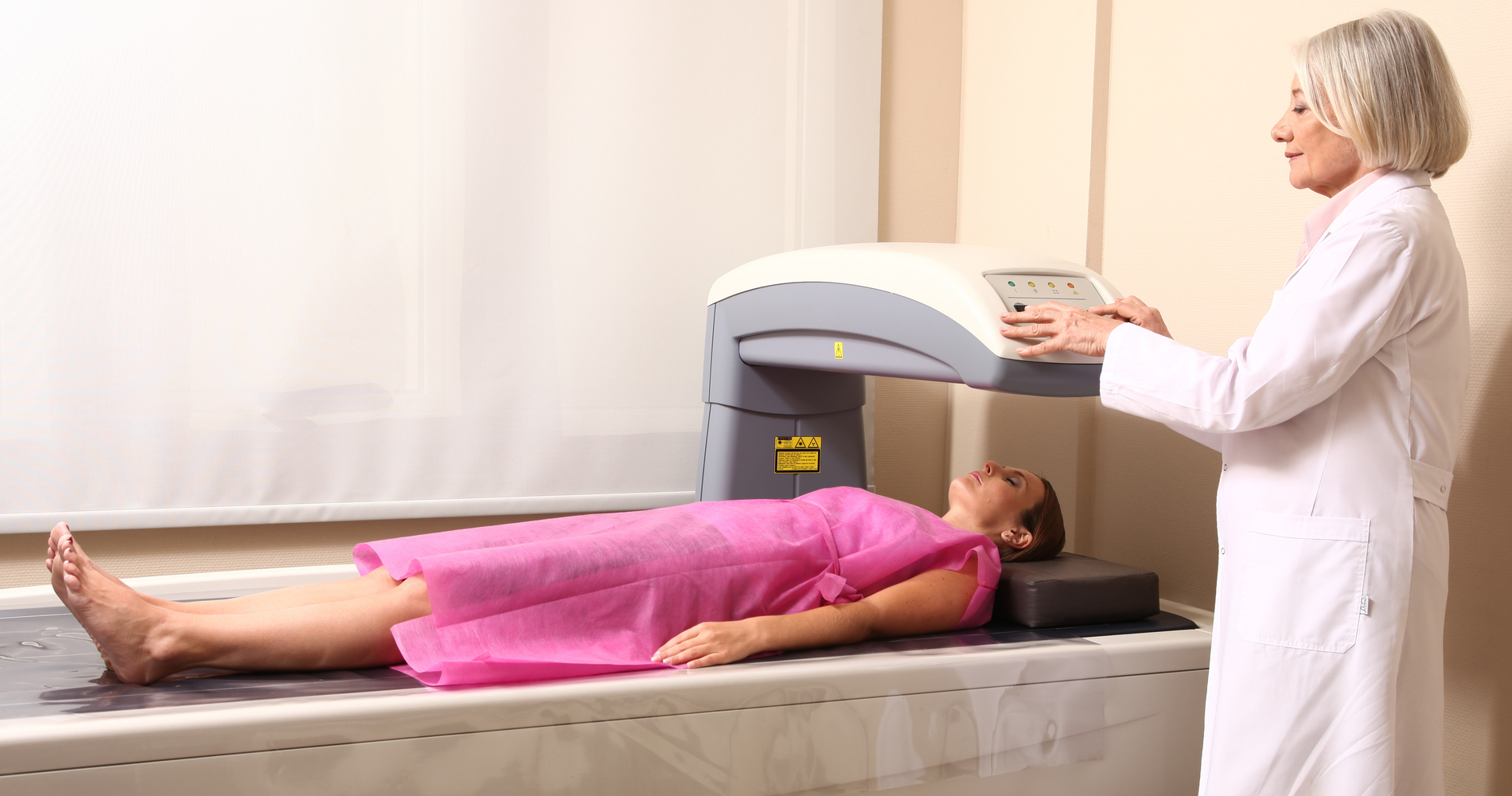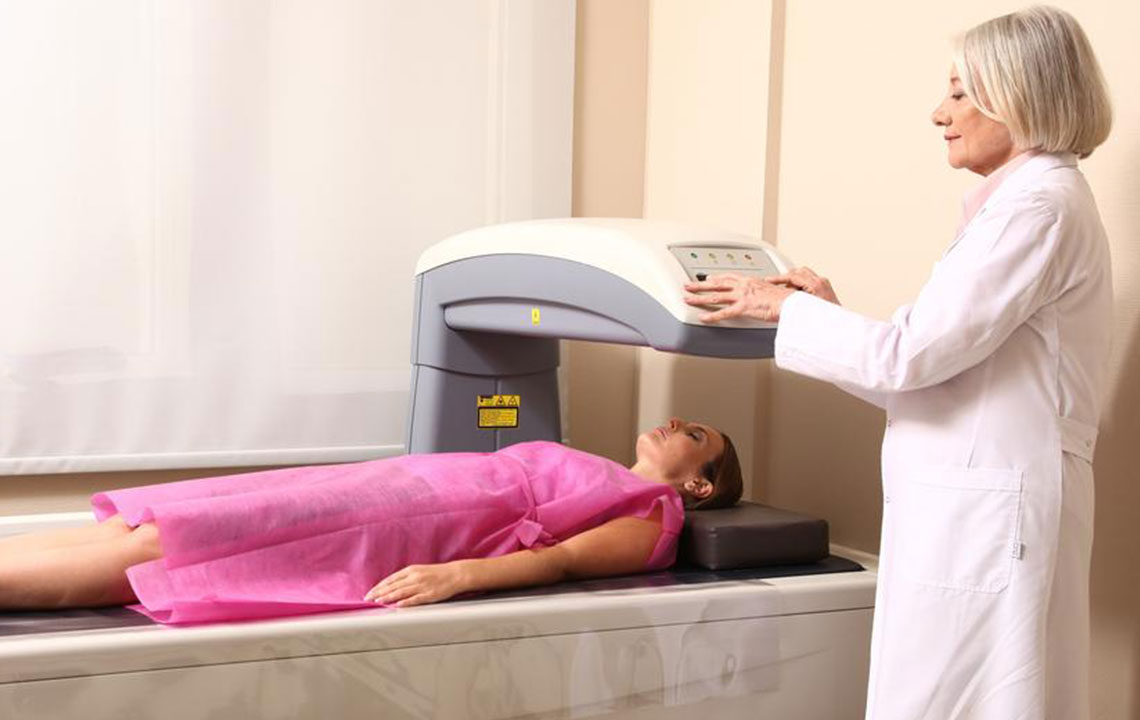Understanding Osteoporosis Diagnosis and Screening Methods
This article explains how osteoporosis is diagnosed through medical history, physical exams, and key diagnostic tests like DEXA scans and blood tests. Early detection is crucial for effective treatment, especially for women over 60. Understanding these methods helps in managing and preventing serious complications from weakened bones.

Understanding Osteoporosis Diagnosis and Screening Methods
Osteoporosis is a condition where bones become fragile and weak, increasing the risk of fractures from minor injuries like coughing or bending. Common fracture sites include the wrist, spine, and hips. It results from insufficient bone tissue replacement as old bones deteriorate. While anyone can develop osteoporosis, it predominantly affects postmenopausal women of Asian and Caucasian descent.
Early stages often show no symptoms, but advanced bone loss may cause back pain, postural changes, height loss, and fractures. Early detection through routine screenings is vital for effective management, especially for those over 60.
Initial diagnosis involves evaluating your medical history and physical examination.
Medical history assessment
Doctors review your symptoms, family history, lifestyle, diet, and medication use to identify risk factors and genetic predispositions.
Physical examination
Height measurement helps detect potential osteoporosis-related height loss. Blood tests for vitamin D levels and metabolic activity may be recommended, as increased activity could indicate early bone loss.
Confirmatory tests are essential for diagnosis:
Bone density scan
The DEXA scan is a quick, painless X-ray technique that measures bone density and fracture risk. It is safe but not advised for pregnant women due to radiation exposure.
Blood and urine tests
Tests check for thyroid issues, calcium, and hormone levels that may influence bone health.
Benefits of osteoporosis testing
It helps healthcare providers identify the condition early, guide treatment plans, and monitor disease progression.









